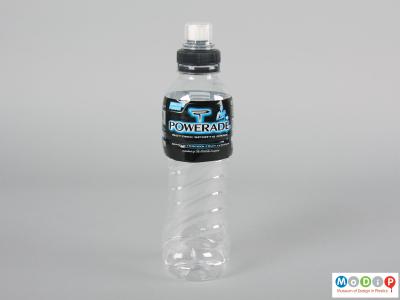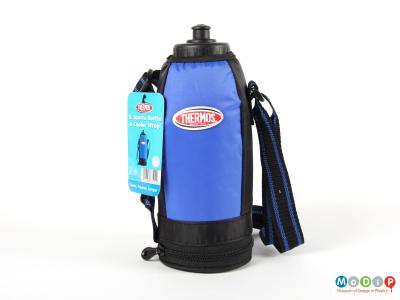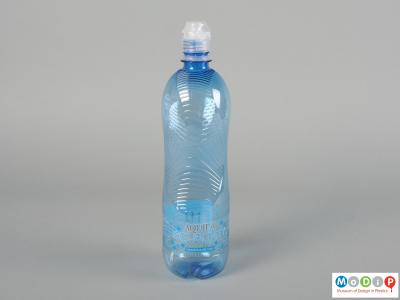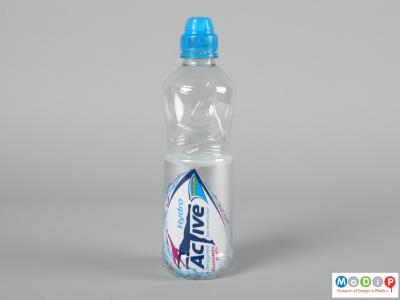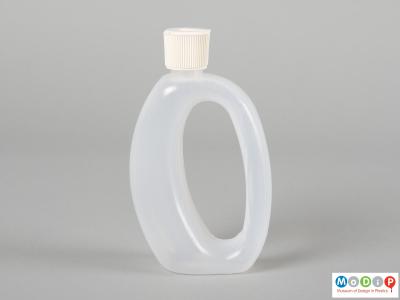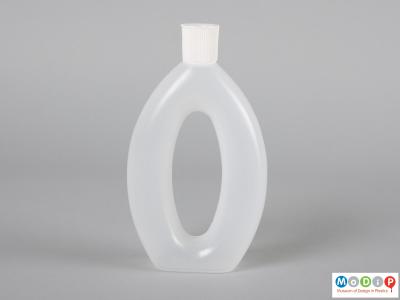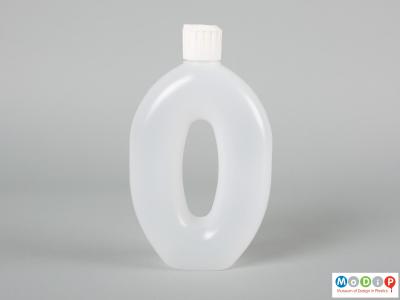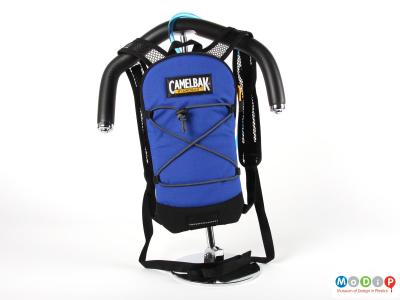Dehydration, which is a common complaint in many sports particularly when competing in high temperatures or at high altitude, is the loss of water and important blood salts, through sweating and breathing. The body naturally tries to stay at a temperature of 37°C by sweating, which results in a loss of body fluid. If fluid levels are overly reduced vital organs such as the kidneys, brain and heart cannot function properly because they require a certain amount of water and salt.
To prevent dehydration it is important that liquids are consumed before, during and after sports or exercise. This is particularly crucial to athletes competing in endurance sports such as cycling and running.
Plastic containers provide a safe, hygienic and lightweight solution to carrying fluids whilst exercising. The Evian Nomad bottle (1) was designed to be easily carried for use before and after sports. The design won silver at the Institute of Packaging Star Pack awards in 2001. Bottles with a pull up sports spouts (2 - 7) make drinking during exercise easy. This type of spout allows you to lift the seal with your fingers or teeth and drink from the bottle without losing too much of the liquid.
However, gripping a bottle can cause tension in the hand and arm so the Runaid bottle (8 - 11) was designed by Peter Elsden in 1984 to slip over the hand or wrist and stay in place with little grip, this leads to less stiffness in the arm than if carrying a conventional bottle and therefore a much more natural and comfortable running style.
To keep the hands and arms completely free, Camelbak (12) created the hydration system with a 'bladder' to hold the liquid and mouth-driven valve. This product first gained popularity in the 1980s with mountain bikers and motocross riders who needed to keep their hands on the bars over technical terrain.
With this system an athlete is able to take consistent sips of liquid which can provide significantly better sporting performance than taking periodical gulps from a sports bottle. This continuous taking on board of fluids helps to keep hydration levels relatively constant, rather than falling and rising when using ordinary bottles.
A number of amateur athletes in America started to use their Camelbaks during their working day with the US military Special Forces. Because of their performance the hydration pack was soon adopted as standard issue, filtering down to the regular troops. In 2005 the Camelbak hydration system was in use by more than 500,000 troops across the World.


